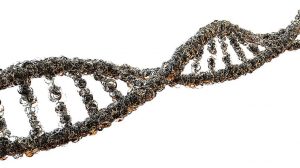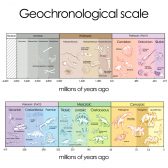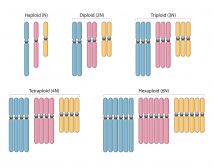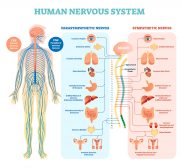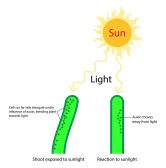Definition
noun, plural: photoheterotrophs
An organism that depends on light for most of its energy and principally on organic compounds for its carbon
Supplement
Photoheterotrophs are heterotrophic organisms that make use of light energy as their energy source. They also cannot use carbon dioxide as their sole carbon source. They use organic compounds from the environment. Heterotrophs are the consumers in the food chain, particularly the herbivores, carnivores and omnivores. All animals, some fungi and most bacteria are heterotrophs. They are not capable of producing their own food. Therefore, they obtain their energy requirements by feeding on organic matter or another organism. Photoheterotrophs, in particular, are microorganisms that derive their carbon requirements mainly from organic compounds in their environment. These organisms are purple non-sulfur bacteria, green non-sulfur bacteria, and heliobacteria.
Photoheterotrophs may also be regarded as one of the two main sub-groups of phototrophs (the other, photoautotrophs). Phototrophs are organisms that use light energy for certain metabolic functions. They absorb photons from light to carry out cellular functions such as biosynthesis and respiration. Photoheterotrophs, in this regard, are organisms that depend solely on light energy as they generate ATP through photophosphorylation. These organisms do not rely on carbon dioxide as their sole carbon source. They may use organic compounds such as carbohydrates, fatty acids, and alcohols they obtain from the environment for their carbon requirements.
Word origin: Greek heteros (different) + trophe (nourishment)
Synonym(s):
- heterotrophic phototroph
See also:
Related form(s):
- photoheterotrophic (adjective)

